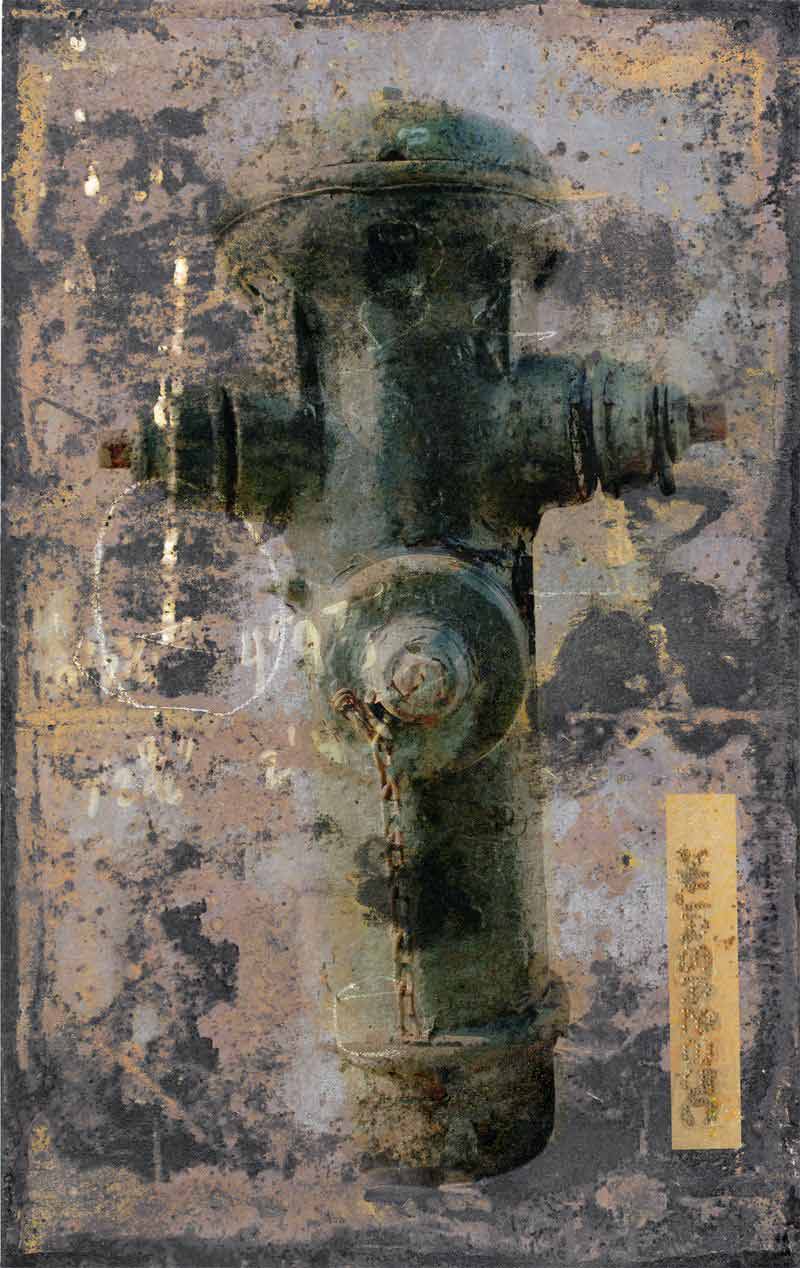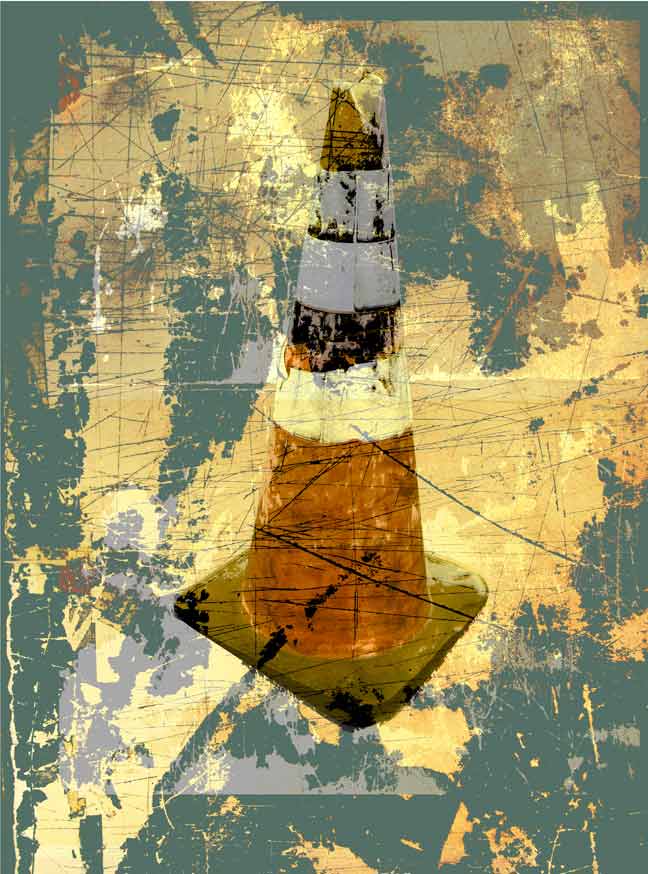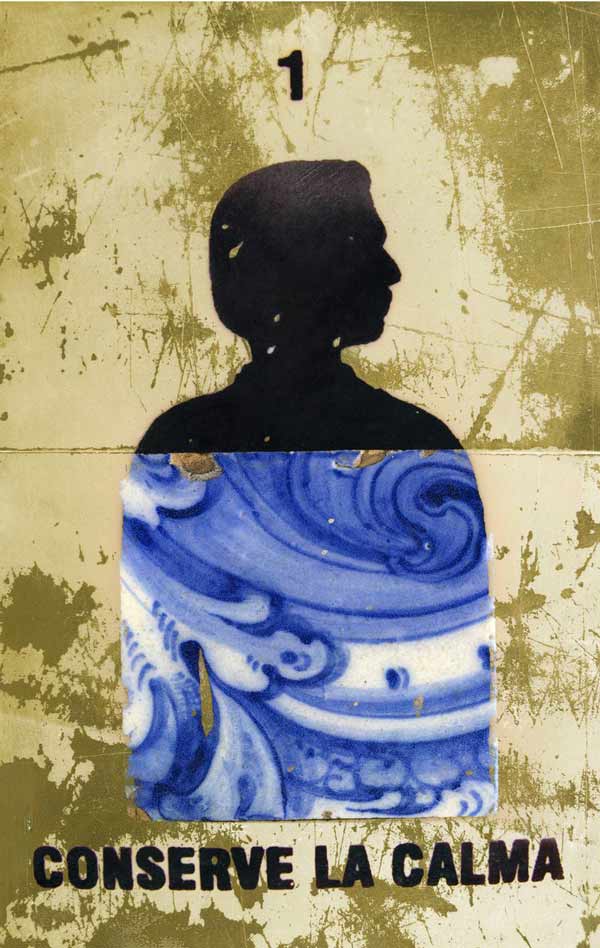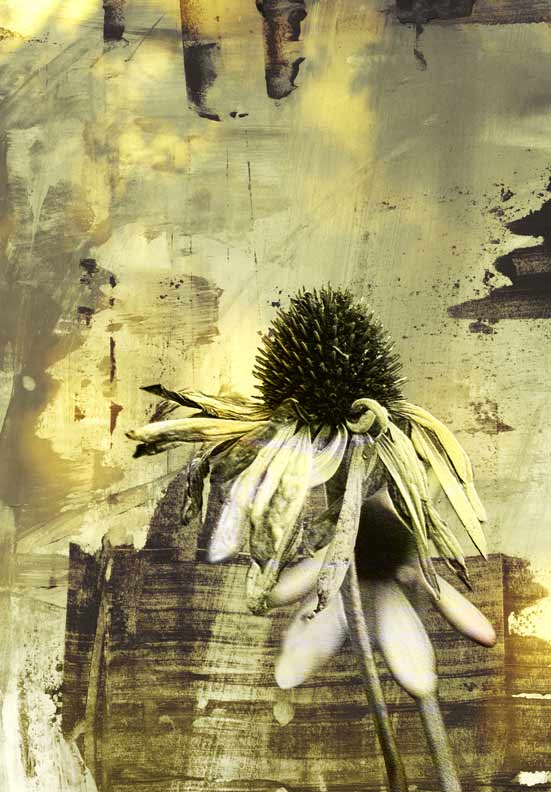I have a friend who can fix or make anything, including building a house or a motorcycle from "scratch" as Betty Crocker might say. As an added bonus he has an indelible instinct for good taste versus cheeziness and he really knows art. Yesterday he came over to help me figure out something about paper. Paper has been keeping me up at night. What is its nature? When will it return? Why did it go out of vogue? Should you glue it to a board and turn it into decoupage? Should you frame it behind glass? What about the apparently thousands of people who gallerists now claim "don't want glass in their house?" These people live where the sun shines, and with global warming, excuse me, climate change, this could end up being ninety-nine percent of the people in the world except for those under three feet of water. These people, these sunshine people, have requested oil paintings or things that look like oil paintings, on canvas or panel.
Paper is delicate, and paper is not forever. It doesn't like raking southern light. It doesn't like bugs, or humidity or dents from the vacuum cleaner handle. This is why picture framing was invented. "Think about those French chickens under glass," my friend said, "what was that dish called? It arrived under a dome and you knew it was special, and valuable." "And it had no flies," I added. We proceeded to line up every kind of hinging tape ever invented and figure out the best way for a person with absolutely zero crafting ability (myself) to attach a piece of paper to a piece of mattboard so it is straight and doesn't fall off.
With that figured out I went downtown to look at some Art on Paper. "Over and Over: A Small Survey of Obsessive Drawing" is currently showing at Vermillion through October 8. Notably, several of the artists left the frame off completely and tacked the paper to the wall, bypassing presentation anguish but perhaps substituting that of the errant wine glass, lipstick kisses or studded jacket on opening night. I was particularly taken with the work of Patrick Kelly. His "Carbon Traces" are nearly sculptural, with dense and pressurized strokes of graphite forming refractive swirls that appear dimension and metallic, and they benefit hugely from being seen without glass. I found myself mesmerized by the surface ambiguity and lyrical patterning of Amanda Manitach's pencil drawings. They take me to a parlour on a gray day; the air is soft, perhaps rain has just fallen, and innocuous but scandalous poetry is being read offstage. Perusing Manitach's website I can see that here is a mind thinking in limitless media and layers of investigation. I want to keep up with this intriguing artist and see what she'll do next.
In Pioneer Square I visited G. Gibson. Here, in Justin Gibbens' astonishing ink drawings I found my chicken under glass, but with insects included. I am a true Arachnophobe, and so it is good that I didn't allow myself to identify what I saw until just now, reviewing his work online. I got lost in the beauty of his meticulous draftsmanship, which is a rare blend of scientific illustration and Chinese painting. You will see wolves here, and falcons, and pelicans, but everything is not quite right. You will have to go yourself to see what it is I'm not telling you. I was so convinced it was "real" (as in an expedition notebook documenting the species of the New World), that I didn't realize until I came home that it can't be. His framing is brilliant, and the match between the specimen-box simplicity of some, the Victorian filigree of others, and the drawings themselves is striking and original.
I came home inspired and breathing happy: paper is back.



